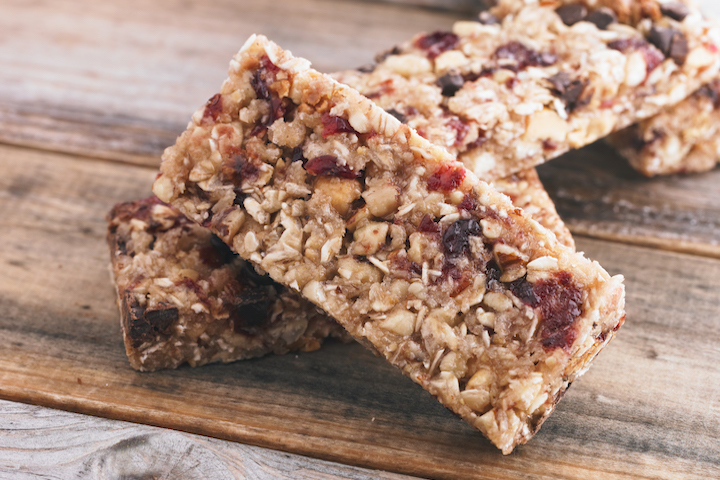The beauty of sky-gazing has always been in the wonder of what lies in the vast universe. Stars that burn brightly, planets with creatures we can only imagine from what movies spin tales of, and now — a space where we’ll never go hungry.
Sure, we might not be ploughing the soils in outer space to plant potatoes like Matt Damon did in big-screen hit The Martian, but the space diet is indubitably undergoing a change from basic survival needs to fine gastronomy.

To be sure, Pierre Herme macarons are a far cry from meals in the early history of space expedition where astronauts brought pureed beef and vegetables packaged in an aluminium toothpaste-like for their meal. These days, space food technology has led to more gourmet pickings such as beef sandwiches, tuna salads and even chocolate pudding for space-explorers.
Here, we take a look at eight types of food best for space travel.

1. Rehydratable Food
The freeze-drying technology removes moisture from the food and beverage items, which reduces their size while preserving the nutrition and taste. This comes especially important in the space station where storage area is scarce.
2. Thermo-stabilised food
Similar to the canned food in our daily life, items of this kind are processed under high heat to eliminate deleterious microorganisms and enzymes before sealed in aluminium cans. It brings fruits, tuna to the fingertips of astronauts.
3. Intermediate Moisture Food
Dried peach, pear, apricot and beef (read: jerky) can be found under this category, in which the food items are partially dehydrated to maintain a certain degree of softness. Unlike food that can be rehydrated, intermediate moisture food is readily edible.
4. Natural Form Food
Ready-to-eat snacks such as granola bars, cookies and nuts are both easily to store and immediately available. They require no processing to be brought to the space.

5. Irradiated Food
Meat under this category like beef steaks is cooked and packaged in foil-laminated pouches, which go through ionising radiation for sterilising. It effectively keeps the flavour and texture of the processed items.
6. Frozen Food
Cooked dishes like quiche, casserole, chicken pie are frozen rapidly to preserve them in the original state and avoid large ice crystals from forming.
7. Refrigerated Food
Similar to dining on the ground, cheese, sour cream are stored in low temperature for consumption in the space.
8. Fresh Food
Some fresh produce can be taken without processing. That includes apple, banana and other fruits with a longer shelf life to help astronauts maintain a balanced diet.






















